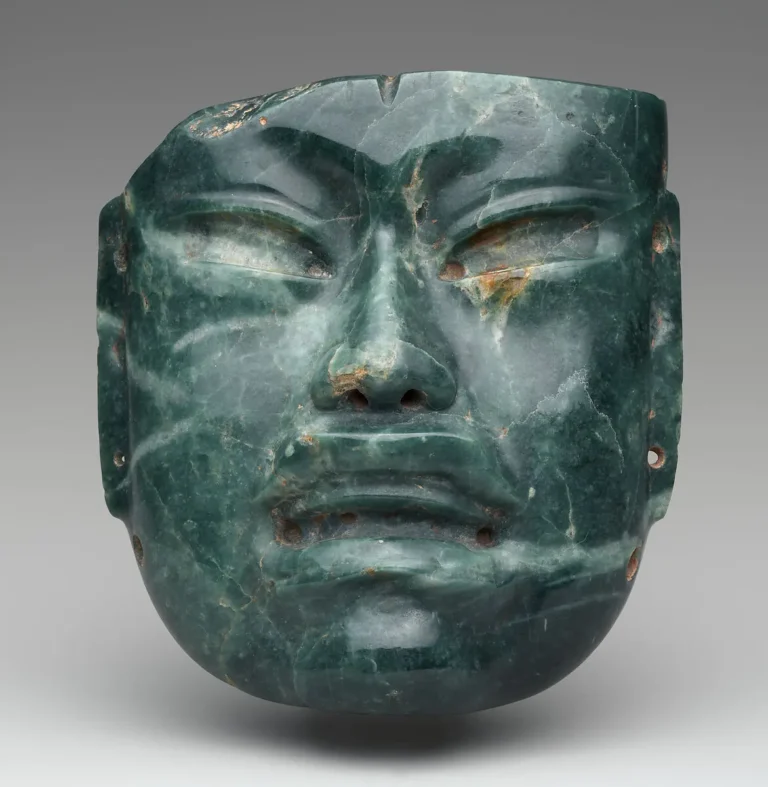
The Artifact That Shouldn’t Exist: Did Ancient Civilizations Possess Advanced Technology?
In 2023, archaeologists made a discovery so strange that it threatens to rewrite entire chapters of human history. Deep within a buried temple in Central America, they uncovered a carved object that resembles modern machinery—yet it’s more than 2,000 years old.
A Discovery Buried in Time
While excavating a forgotten Olmec temple beneath layers of volcanic ash, Dr. Elisa Rodriguez and her team stumbled upon something no textbook could explain:
a stone artifact with interlocking components that mimic mechanical gears, and patterns eerily similar to binary code.
“The craftsmanship is precise, mathematically complex, and completely out of place for what we know of that period,” said Dr. Rodriguez in an unpublished field note.
Carbon dating places the object at over two millennia old.
Why It Doesn’t Belong
Historians have long held that the Olmec civilization—often called the “mother culture” of Mesoamerica—had no writing system, and certainly no advanced tools.
Yet the artifact suggests a knowledge of:
- Symbolic logic or computational design
- Advanced geometry
- Material engineering far beyond the expected Bronze Age capabilities
Is this a case of misunderstood symbolism—or a relic from a civilization far more advanced than previously believed?
The OOPArt Dilemma
This object now joins the list of “Out of Place Artifacts” (OOPArts)—items that don’t fit the accepted historical record. Notable examples include:
- The Antikythera mechanism: an ancient Greek “analog computer”
- The Baghdad Battery: a possible electrochemical cell over 2,000 years old
- The Piri Reis map, and other anachronistic documents
Could this Central American artifact be evidence of a forgotten global network of knowledge?
Suppression or Skepticism?
Despite its potential importance, the discovery was never covered by mainstream outlets.
According to Professor Harold Thompson, “Findings like this are uncomfortable. They challenge academic foundations. Institutions often bury them, metaphorically—and sometimes literally.”
Is this willful ignorance, or cautious skepticism? And how many other discoveries never see the light of day?
Deeper Implications
If authenticated, this artifact could:
- Reframe how we define ”primitive” vs. ”advanced” civilizations
- Challenge the linear model of technological development
- Suggest the existence of lost cultures with mathematical and symbolic intelligence
It could even reopen debates about external influence in early human development—topics often dismissed as pseudoscience but explored more seriously in recent years.
What Else Is Being Hidden?
This is not the only case where evidence defies the dominant narrative.
Explore similar examples in our article about the village that vanished overnight, where mystery remains stronger than explanation.
Join the Discussion
Could history be missing crucial chapters? Is this a hoax, a misreading—or a warning that we know far less than we think?


